1. Town Criers

Before newspapers were widespread, town criers were the voice of local news. They walked through streets, ringing bells and announcing everything from laws to lost livestock. Their job kept communities informed and allowed local commerce to respond quickly to regulations or market changes. Town criers were trusted and respected, often remembered in local folklore for their unique announcements.
They also played a key role in emergencies, relaying warnings faster than most other methods. In small towns, their announcements could literally make or break business days. As printing presses and literacy rates grew, the need for live announcers faded. Still, for centuries, they were an integral link between government, commerce, and the people.
2. Knocker-Uppers

Before alarm clocks were cheap and reliable, towns relied on knocker-uppers to wake workers at dawn. These folks would tap on bedroom windows with long sticks or shoot peas at the glass to ensure people got to work on time. It might sound quaint, but their role was crucial for factories and mills that ran on strict schedules. Without them, entire workforces could start the day late, throwing off local economies.
Knocker-uppers were more than just human alarms—they were trusted members of their communities. Many knew their clients’ routines intimately and even helped deliver messages. Their work was highly seasonal in industrial towns, booming when factories needed punctual labor. Eventually, the rise of affordable alarm clocks phased them out completely.
3. Lamplighters
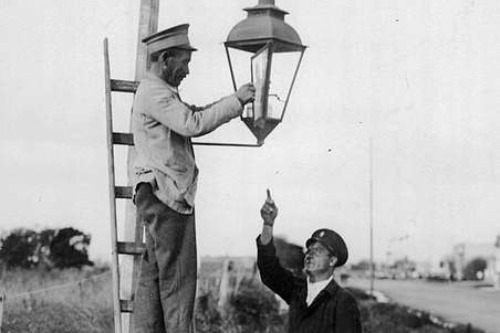
Before electricity lit up streets, lamplighters walked the roads every evening, igniting gas lamps one by one. This job kept towns and cities safe after dark and allowed commerce to continue later into the evening. Local economies relied on well-lit streets because people felt secure shopping and traveling after sunset. Lamplighters were not just laborers—they were the keepers of urban safety and nighttime productivity.
Each lamplighter often knew their district like the back of their hand, remembering where lamps needed maintenance. They played an unspoken role in community communication, sometimes reporting fires or disturbances while on their rounds. When electric streetlights became widespread, lamplighters disappeared almost overnight. Yet, their contribution to urban expansion and evening economies was significant.
4. Ice Cutters

Before modern refrigeration, ice cutters harvested frozen lakes during winter to supply homes and businesses. They labored under brutal conditions, cutting large blocks and storing them in icehouses for use throughout the year. This ice was essential for food preservation and local businesses like breweries and fish markets. Towns with ice production thrived because they could store perishable goods year-round.
Ice cutters had to master both physical skill and timing to prevent the ice from cracking. Many were seasonal workers, forming a bustling winter economy in colder states. The job disappeared with mechanical refrigeration, but it shaped regional trade patterns for decades. It’s easy to overlook, but without ice cutters, urban food logistics would have been drastically different.
5. Switchboard Operators
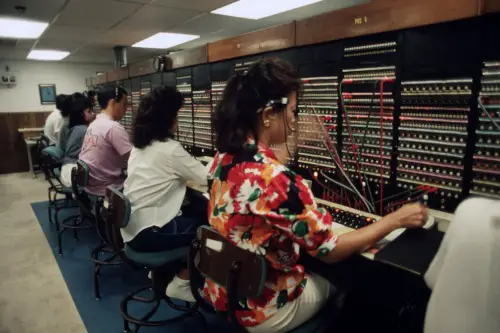
In the early 20th century, switchboard operators connected phone calls manually, a task requiring speed, accuracy, and excellent memory. They were vital to business communication, emergency services, and social connections in growing towns. Local economies depended on their efficiency to keep commerce moving and maintain trust in emerging telecommunication systems. Their work made the phone the lifeline it is today.
Operators often became confidantes, hearing personal and professional secrets of their community. They worked long hours, sometimes on multiple boards simultaneously, and helped route urgent messages during crises. Automation slowly replaced them, but without their pioneering efforts, telephone networks might not have scaled effectively. Their human touch kept towns connected in a way no machine could replicate.
6. Leech Collectors

Medical practices once valued leeches for bloodletting, making leech collectors surprisingly important. They ventured into marshes and wetlands, gathering leeches for doctors and apothecaries. Their trade supported local economies tied to healthcare and even international markets, as leeches were exported. Though gruesome by modern standards, these collectors filled a genuine medical need.
Collectors often had to endure harsh conditions, wading into mucky waters while handling biting creatures. The profession demanded knowledge of leech habitats and safe collection techniques. As medical science advanced and leeches became obsolete, this job vanished. Yet it was once essential for maintaining community health and supporting medical commerce.
7. Rat Catchers
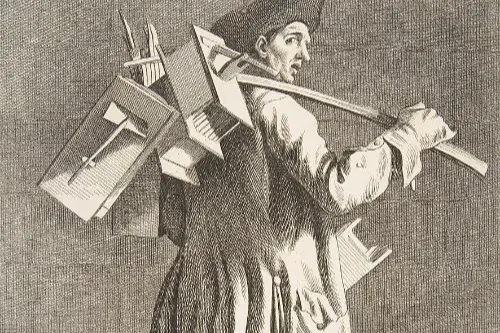
Before modern pest control, rat catchers kept cities and towns safe from vermin outbreaks. Rats could devastate grain stores and spread disease, so a skilled rat catcher protected both food supplies and public health. They often worked with trained dogs or ferrets, blending ingenuity with practical knowledge. Their efforts were critical to maintaining urban and rural economies dependent on stored food.
Rat catchers were sometimes employed by towns themselves, or by wealthy merchants with large warehouses. The role could be dangerous, exposing them to disease and bites. Advances in sanitation, traps, and poisons eventually made them obsolete. Still, their presence allowed early economies to thrive despite constant rodent threats.
8. Knitting Frame Operators
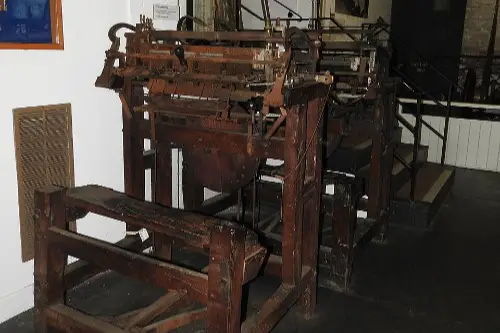
During the Industrial Revolution, knitting frame operators ran mechanized knitting machines that powered the textile industry. Their precision directly influenced production speed and quality, feeding the booming apparel market. Entire towns grew around textile mills, relying on these operators for steady output. Without skilled hands to manage the frames, local economies would have struggled to meet demand.
Operators often started young, learning a craft that combined manual dexterity with machine knowledge. They faced long hours and repetitive work, yet their labor supported local merchants and trade networks. As factories modernized, this role evolved but remained foundational to early industrial growth. Their contribution shaped fashion, employment, and regional identity.
9. Milkmaids and Dairymaids
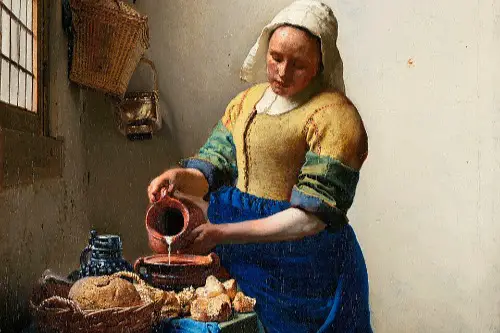
Before refrigeration and automated farms, milkmaids and dairymaids were indispensable for local food supply. They milked cows by hand, processed cream, and often made butter and cheese for markets. Their work was labor-intensive, but it directly fueled local diets and economies. Communities depended on their skills to maintain a steady supply of dairy products.
These women developed intimate knowledge of livestock and seasonal production cycles. Beyond nutrition, their dairy output often fed taverns, bakeries, and restaurants, sustaining local trade. As mechanized milking and refrigeration emerged, their traditional roles diminished. Yet their efforts formed the backbone of early agrarian economies.
10. Knackers

Knackers specialized in disposing of dead or unwanted animals, converting carcasses into useful products like glue, leather, and fertilizer. While it may sound grim, this trade was essential for maintaining sanitation and supporting other industries. Local economies benefited because nothing went to waste, and raw materials fueled manufacturing and farming. Without knackers, towns could face serious health and supply chain issues.
They worked quietly on the outskirts of town, often under harsh and unpleasant conditions. Despite social stigma, their trade was recognized for its economic importance. Modern sanitation and industrial processing eventually absorbed these tasks. Still, knackers once played a critical role in both public health and commerce.
11. Ice Cream Truck Operators (Early 20th Century)

Long before corporate chains dominated, local ice cream vendors traveled neighborhoods with hand-cranked trucks. They brought sweet treats to communities, often doubling as small-scale entrepreneurs. Their business supported dairy farms and local suppliers while giving towns a seasonal boost in trade. Children and families eagerly anticipated their rounds, making them a staple of social life.
Operators relied on knowledge of routes, timing, and customer preferences to maximize sales. They often became fixtures of the community, connecting families across neighborhoods. With industrial production and refrigeration, larger companies eventually overtook them. But they left a lasting imprint on small-town economies and culture.
12. Scavengers and Ragpickers

Before organized recycling, scavengers collected discarded materials, textiles, and metals to resell or repurpose. They provided raw materials for industry and helped reduce waste in densely populated areas. Local economies relied on their resourcefulness, turning trash into profit and supporting small workshops. They were early players in a circular economy, long before sustainability became a buzzword.
Scavengers often knew their towns intimately, understanding where to find valuable scraps. Their work was physically demanding and socially marginalized, but economically significant. As municipal waste systems developed, this profession slowly disappeared. Yet it shaped supply chains and supported countless local trades.
13. Chimney Sweeps
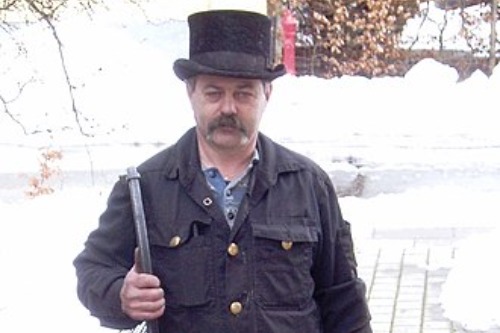
In the 18th and 19th centuries, chimney sweeps kept homes and factories safe from fire and smoke hazards. They navigated narrow flues to clean soot and prevent dangerous blockages. This job was crucial for urban economies where coal and wood heating dominated. Without their labor, towns faced costly fire risks and health issues.
Young apprentices, sometimes children, learned the craft through long hours of dangerous work. Sweeps often doubled as informal inspectors, ensuring heating systems functioned properly. Modern heating technology eliminated the need for human sweeps in most areas. Still, their work directly supported safe urban living and commercial stability.
14. Telegraph Operators

Before telephones and the internet, telegraph operators transmitted messages across distances using Morse code. Their speed and accuracy allowed businesses to coordinate supply chains and respond to market changes. Towns with telegraph offices gained economic advantages, connecting local trade to national and international markets. They were the backbone of communication in an era of expanding commerce.
Operators had to memorize codes and often work long shifts under stressful conditions. They were trusted with sensitive business and government information. With telephones and radio, their role diminished, but their contribution to early communication infrastructure was enormous. They made rapid information exchange possible, shaping economic growth in countless towns.
15. Button Makers
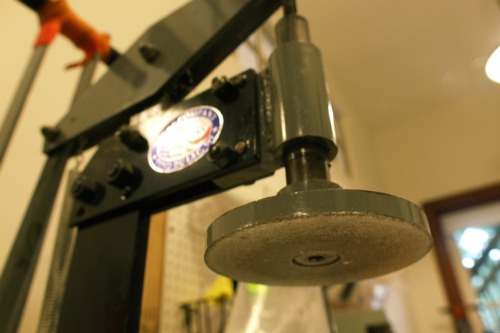
Small workshops employed artisans to produce buttons, a surprisingly significant trade in the 19th century. Buttons were essential for clothing, uniforms, and even military supplies, linking local crafts to broader markets. These makers kept towns economically active, as raw materials were processed, and finished products sold locally or exported. The work combined creativity, precision, and industriousness, influencing fashion trends and manufacturing.
Button makers often worked with bone, metal, or shell, transforming raw materials into essential goods. Entire communities sometimes centered around this craft, providing jobs and supporting allied trades like metalworking and textiles. Industrial mass production eventually overtook handcrafting, but their legacy persisted in fashion and regional economies.
This post 15 Forgotten Jobs That Shaped Local Economies was first published on American Charm.


